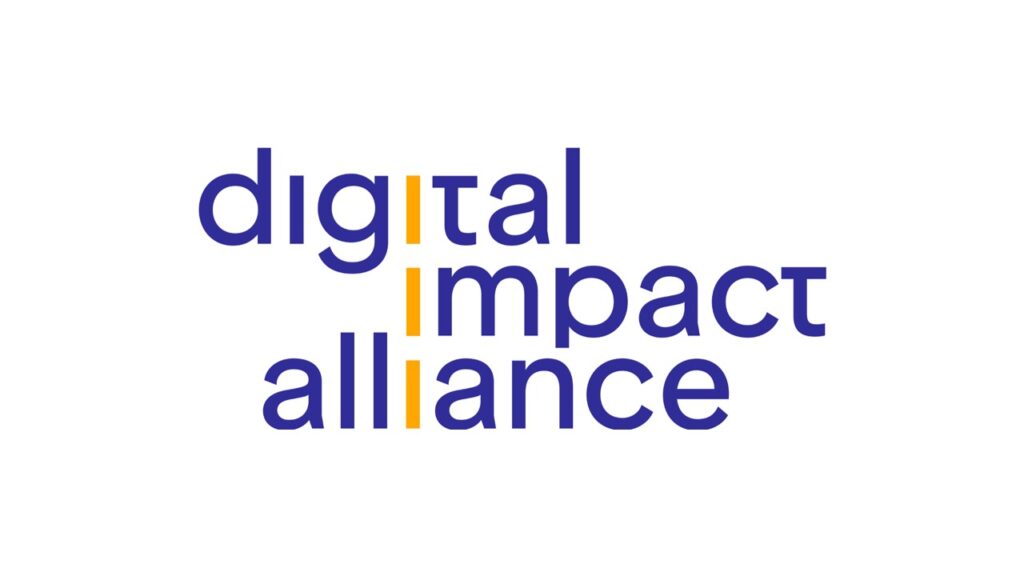- AboutImpact & CommitmentsEventsNews

Advance climate solutions through open environmental data and technologies
Open climate data and multi-purpose infrastructure can advance climate adaptation and mitigation efforts.
The telecommunications industry possess critical infrastructure, along with global reach and data processing capabilities, for monitoring and predicting slow-onset climate events and catastrophic events.
Open, free, and interoperable data – gathered transparently and shared collaboratively – can greatly enrich long-term climate research.
Unlocking data for climate action
As part of the Green Digital Action track at COP28, the Digital Impact Alliance (DIAL) launched the Joint Learning Network on Unlocking Data for Climate Action (Climate Data JLN). The Climate Data JLN advances expert collaboration on climate action, digital public infrastructure, data exchange, and governance.
Through this year-long research effort, the JLN has published research on data trusts, open transaction networks, and data spaces, helping to understand how different data models and governance structures can overcome obstacles to data access for climate response and resilience.
Read the flagship report launched during COP29.
If your organization is interested in contributing to the JLN, please contact the Digital Impact Alliance.
How can telecom and cell tower operators contribute to climate monitoring?
Infrastructure Accessibility
Provide access to cell towers and radio relays sites for the deployment of CO2 sensors in support of the Global Greenhouse Gas Watch’s top-down estimations of GHG fluxes. The infrastructure can bridge data monitoring gaps and strengthen analytical capabilities.
Data Exchange
Share data, free of charge, on received signal level (RSL) from radio networks for accurate precipitation measurements, weather forecasting, and climate research. The exchange of data can accelerate climate adaptation and mitigation efforts.
SMART Submarine Cables
Equip telecommunications cables with sensors to provide novel and persistent insights into the state of the ocean to monitor climate change and contribute to early warning systems.
Join the SMART Subsea Cables Initiative led by a Joint Taskforce of ITU, WMO, IOC, and UNESCO


